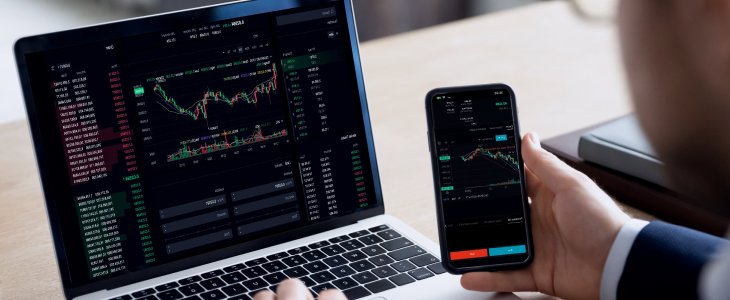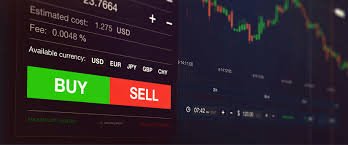
The Ultimate Guide to Forex Trading: Strategies, Tips, and Tools
Forex trading has become an increasingly popular investment strategy due to its potential for high returns and accessibility. With a daily trading volume exceeding $6 trillion, the foreign exchange market is the largest and most liquid financial market in the world. If you’re considering diving into Forex trading, it’s essential to arm yourself with knowledge and the right tools. In this guide, we will cover everything from basic concepts to advanced trading strategies and useful resources, including trading forex Trading Broker ID.
Understanding Forex Trading
Forex trading involves exchanging one currency for another, with the aim of making a profit. It operates on the principle of currency pairs, such as EUR/USD or USD/JPY. These pairs indicate the relative value of one currency compared to another. When you buy a currency pair, you are essentially buying the base currency and selling the quote currency.
How Forex Trading Works
The Forex market is decentralized, meaning it has no physical location and operates electronically over-the-counter (OTC). This allows traders from around the world to engage in trading 24 hours a day, five days a week. Market participants include banks, financial institutions, corporations, and individual traders.
The Basics of Forex Trading
Before you begin trading, you should understand some fundamental concepts:
- Currency Pairs: Currency pairs consist of a base currency and a quote currency. The exchange rate reflects how much of the quote currency you need to purchase one unit of the base currency.
- Leverage: Leverage allows traders to control larger positions with a smaller amount of capital. While it can amplify profits, it also increases the risk of losses.
- Pips: A pip is the smallest price movement in the forex market and is typically the fourth decimal in currency pairs.
Choosing a Forex Broker
Your choice of Forex broker is crucial to your success as a trader. Look for a broker that offers:
- Competitive spreads and commissions.
- Robust trading platforms.
- Regulatory compliance and reputation.
- Variety of currency pairs.
Trading Strategies
Implementing a solid trading strategy is essential. Here are some popular strategies to consider:
1. Day Trading
Day trading involves making multiple trades within a single day and closing all positions before the market closes. This strategy requires in-depth analysis, quick decision-making, and a good understanding of market trends.
2. Swing Trading

Swing trading focuses on capturing price swings over several days or weeks. Traders use technical analysis to identify entry and exit points, often holding positions longer than a day.
3. Scalping
Scalping is a high-frequency trading strategy that involves making many trades over short periods to profit from minor price changes. Scalpers aim to accumulate small profits, which can add up over time.
Technical and Fundamental Analysis
Successful Forex traders utilize both technical and fundamental analysis:
Technical Analysis
This involves analyzing price charts, patterns, and other technical indicators to forecast future price movements. Popular tools include moving averages, RSI (Relative Strength Index), and MACD (Moving Average Convergence Divergence).
Fundamental Analysis
Fundamental analysis assesses economic indicators, geopolitical events, and speeches from central bank officials to gauge currency strength and predict price movements. Key indicators include GDP growth, employment rates, and inflation reports.
Risk Management in Forex Trading
Effective risk management is vital to a successful trading career. Here are some strategies:
- Set Stop-Loss Orders: A stop-loss order automatically closes a losing position at a predetermined price, limiting potential losses.
- Position Sizing: Carefully consider how much of your account to risk on each trade, often recommended to be no more than 1-2%.
- Diversification: Don’t put all your capital into a single trade or currency pair; diversify your portfolio to mitigate risk.
Using Trading Tools and Resources
Several tools and resources can enhance your trading experience:
- Trading Platforms: Popular platforms like MetaTrader 4/5 offer advanced charting capabilities and automated trading features.
- News Feeds: Stay updated with real-time news to understand market sentiment and economic developments affecting currencies.
- Trading Communities: Joining trading forums and communities can provide valuable insights and shared experiences from other traders.
Conclusion
Forex trading presents numerous opportunities but also comes with inherent risks. By educating yourself on the fundamentals of the Forex market, choosing the right broker, implementing effective trading strategies, and managing your risks, you can enhance your chances of success. Remember that consistent practice and ongoing learning are essential components in your journey as a Forex trader. Equip yourself with the right knowledge and resources, and you will be well on your way to navigating the exciting world of Forex trading.
